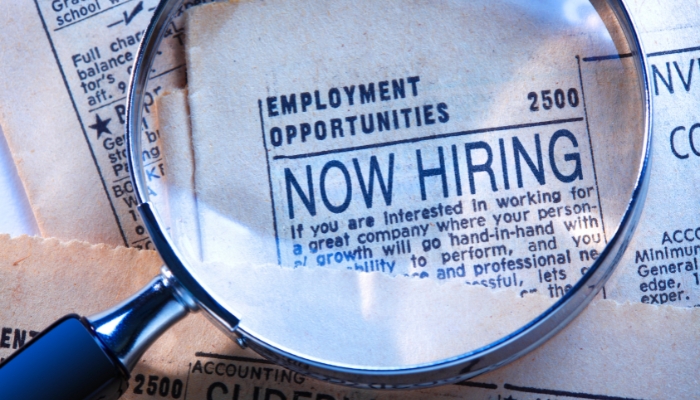How Strikes Impact US Jobs Reports
Anúncios
In the United States, more than 450,000 workers have engaged in 312 strikes this year, as reported by Cornell University’s Labor Action Tracker. However, are these striking workers reflected accurately in the government’s monthly jobs reports produced by the Bureau of Labor Statistics (BLS)?
The BLS generates its jobs reports through two distinct surveys. The first survey involves employers reporting the number of employees based on payroll records for the pay period encompassing the 12th of the month. This data is crucial for determining hiring and layoffs during a specific month. Cody Parkinson, an economist at the BLS, clarified that if striking workers receive pay for any part of the reference period, even one hour, they are considered employed. Only when they are not working in the reference pay period are they subtracted from the employment level. They are added back once they return to work.
For instance, United Auto Workers members on strike in September are counted as employed since the strike began during the reference week. However, if the strike continues into the following month, they won’t be counted as employed unless they work for a different employer.

Conversely, the impact of the SAG-AFTRA strike, which started in July, was evident in some data included in the September jobs report. The report noted that employment in motion picture and sound recording industries had trended down due to labor disputes.
Regarding the Writers Guild of America strike, which recently concluded, many union members were contract workers or freelancers. Therefore, the impact of strikes cannot be discerned solely from industry hiring data based on payroll records.
However, the monthly jobs report also employs a survey that asks individuals about their work during a given week to calculate the unemployment rate. This survey accounts for various working arrangements, and contractors and freelancers on strike could influence the data. The BLS categorizes someone as unemployed if they were not working but were available for work and actively sought employment in the prior four weeks.
If someone on strike earned income through alternative means during the reference period, such as driving for Uber, they would be counted as employed. Workers on strike for the entire reference period without another job are categorized as employed but not at work due to a labor dispute, according to Parkinson.
In conclusion, the impact of strikes on US jobs reports can vary depending on various factors, including the type of strike, the reference period, and alternative employment arrangements.






